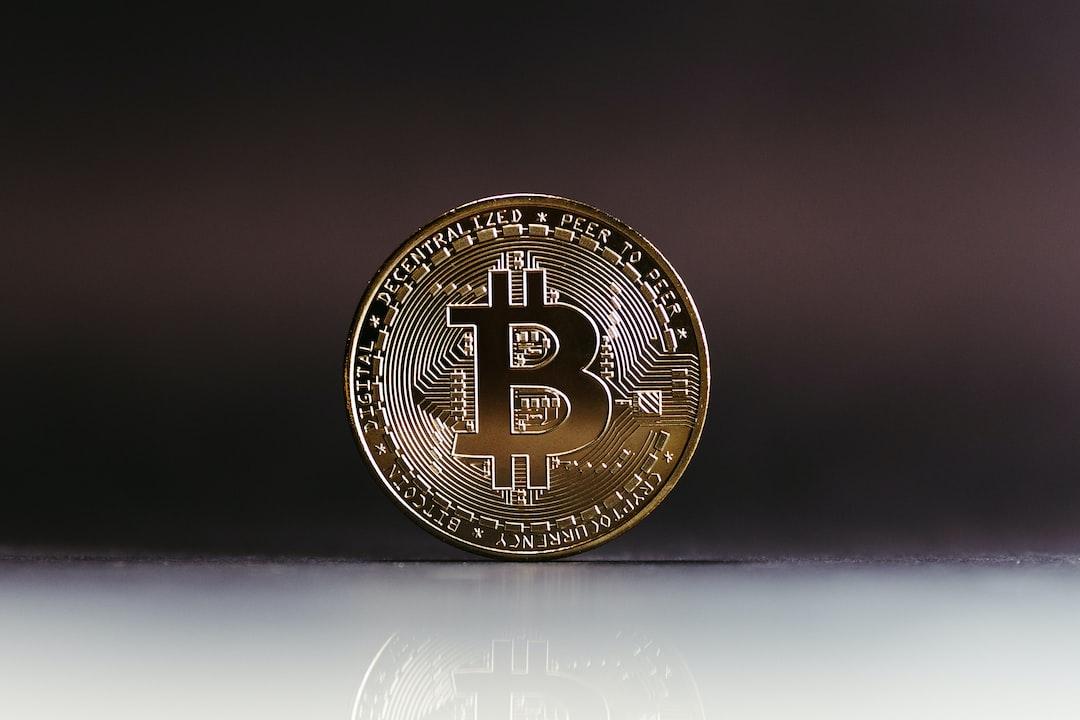The Runes protocol, which went live simultaneously with the Bitcoin halving, has ignited the market and caused a surge in Bitcoin transaction fees. Ava Chow, a Bitcoin Core developer, believes that this will promote the development of Bitcoin Layer 2 projects.
On the 20th, Bitcoin experienced its fourth halving, and the homogenized token protocol Runes, which went live at the same time, sparked a frenzy in the runic market, driving up the cost of sending transactions in Bitcoin and contributing to miners earning over $80 million in transaction fees in a single day, according to Coindesk.
It is difficult to say whether this hot trading activity will stabilize, but some believe that the high transaction fees of Bitcoin will lead to the popularity of Bitcoin Layer 2 solutions such as the Lightning Network by the time of the next halving in 2028.
Bitcoin Layer 2 solutions gaining attention
Ava Chow, a Bitcoin Core developer, stated that anything that causes an increase in fees may prompt people to seek other solutions, and the Lightning Network is one option. There are also sidechains like Fedimint and Ark, as well as a series of Layer 2 solutions. The high fee environment will drive people to research them.
Messari recently released a report stating that with the increase in on-chain activity, Bitcoin Layer 2 solutions are no longer just luxuries but necessities. Bitcoin is no longer just digital gold but a platform that can be built upon.
Ordinals, which gained popularity earlier, is not the only factor contributing to the surge in Bitcoin transaction fees. BitVM processes transactions off-chain, allowing people to build Ethereum-like smart contracts on Bitcoin. Babylon is dedicated to creating a way to earn profits by staking BTC, and Layer 2 projects like Stacks and Merlin are becoming the core of many decentralized applications and meme coins.
Current challenges
Since the halving, the skyrocketing transaction fees have made Layer 2 tokens perform better than BTC. However, although the market wants to promote the development of Bitcoin Layer 2, it may not always be a good thing.
Ava Chow pointed out that users with lower Bitcoin balances may not be able to afford to use platforms like the Lightning Network due to high transaction fees if they want to use it in a non-custodial way and establish their own payment channels. He stated that all Layer 2 solutions require on-chain transactions, and providing funding for Lightning Network payments requires establishing on-chain liquidity. Lightning Network users also have to pay for on-chain transactions, which is quite difficult in a high-cost environment. However, there is a solution, which is for custodial Lightning companies to subsidize transaction fees and encourage users to use custodial Lightning Network services.
Currently, BTC Layer 2 solutions can be roughly categorized into sidechains, rollups, and DA layers, among others. However, while exploring effective solutions, ensuring security, decentralization, and optimizing user experience remain major challenges. Nevertheless, we are optimistic and look forward to the flourishing development of BTC L2 technology, which is expected to unleash more potential in the Bitcoin ecosystem.

Related Reports
Will Bitcoin Layer 2 Explode? In-depth analysis of ecosystem development, on-chain applications, and scaling solutions.
TRON unveils “Bitcoin Layer 2” solution and roadmap, embracing BTC development opportunities from all angles.
Bitcoin Layer 2 surges across the board! STX spikes 27% in a day, CKB surges 300% in a month.


